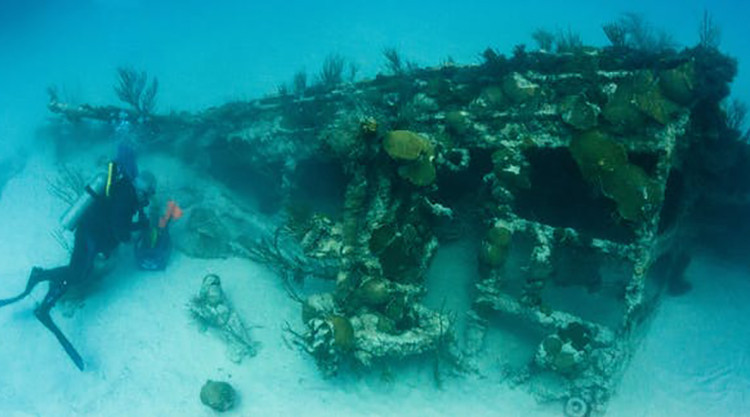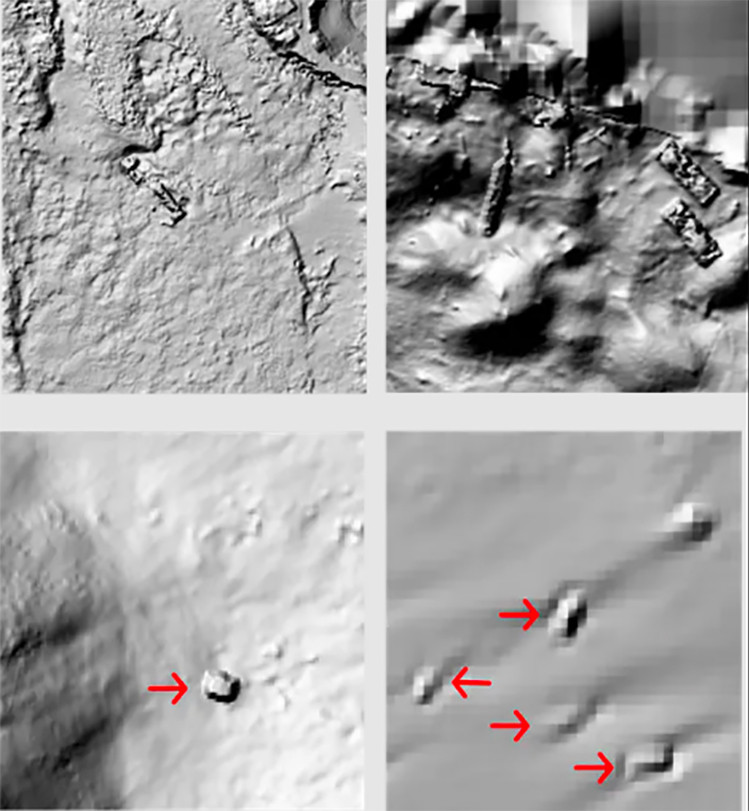AI detects shipwrecks from the air
AI detects shipwrecks from the air
Scientists use artificial intelligence (AI) to detect shipwrecks lying on the ocean floor from the surface of the water, even in the air.
Searching for sunken wrecks is very important, to understand the human past when using waterways for trade, migration or war. But underwater archeology is often expensive and potentially dangerous.
The University of Texas team, in collaboration with the US Navy’s Branch of Underwater Archeology, used AI to build an automated model that maps all shipwrecks on a large scale. This coordination helps to reduce the time and cost compared to using unmanned submarines or divers to participate in the search for wrecks.


Divers approach to distinguish the wreck. Photo: LookBermuda/Flickr.
They used artificial intelligence (AI) technology to train computers to recognize shipwrecks on the ocean floor, from scans taken by planes and ships on the water’s surface.
“The computer model we created was 92 percent accurate when searching for famous shipwrecks,” said Leila Character, a graduate student in Geography at the University of Texas. The project focuses on the waters of the continental United States and Puerto Rico. The model is now ready to be used to search for both unknown and unmapped shipwrecks.
As a first step, the scientists trained the computer to recognize shipwrecks. It is important for the computer to know how to distinguish a shipwreck from the topography of the seabed. To do this, a lot of practical examples of shipwrecks are needed. They also trained the computer to recognize the natural ocean floor.
Currently, the team continues to update with image data and shipwrecks from around the world. This will help the computer to recognize many different types of shipwrecks.
“The Navy’s Underwater Archeology Branch will take divers down to some of the places where we found the wreck. From there, it will further verify the accuracy of the computer model more carefully.” Leila added.
The Department of Underwater Archeology is interested in this work, hoping to find naval wrecks that have not been mapped or have yet to be located. They also believe that the application of AI can search for buildings, statues, aircraft wrecks … lying deep on the seabed.

Scans of the ocean floor, distinguishing shipwrecks from natural features of the seafloor. Photo: US National Oceanic and Atmospheric Administration.
The scientists are also working on a number of other archaeological Machine Learning projects. All of these projects are built supporting each other and are customizable. Therefore, it is easy to switch between predicting different types of archeology, terrestrial as well as underwater, in many parts of the world.
To achieve this goal, American scientists simultaneously carried out a project to find ancient Mayan archaeological structures, caves at Maya archaeological sites and tomb mounds in Romania.
Dang Hung (According to Theconversation)
CÁC TIN LIÊN QUAN
- (Tiếng Việt) Quản lý nhân sự xây dựng như thế nào?
- (Tiếng Việt) Kinh nghiệm lựa chọn phần mềm chấm công cho máy chấm công vân tay
- (Tiếng Việt) Giao việc là gì? Cách để ủy quyền và giao việc hiệu quả
- What are SLAs? Businesses that want to be sustainable cannot do without SLA!
- Ronald Jack hands over Smart Human Resource Management 4.0 solution to the Vegetarian Restaurant chain
- HOW TO BECOME A GOOD HUMAN RESOURCE ADMINISTRATIVE?
- What is IoT? Application of IoT in business and life
- Students of Hanoi University of Industry study the application of ‘problems’ to detect exam cheating
- Top 7 best task management software today
- How to still have a chance to get promoted while working from home







